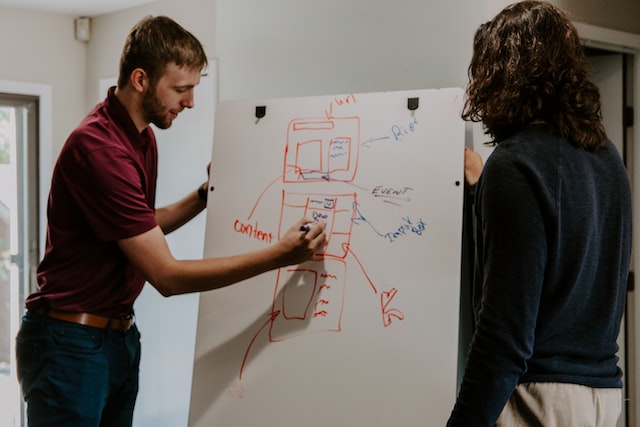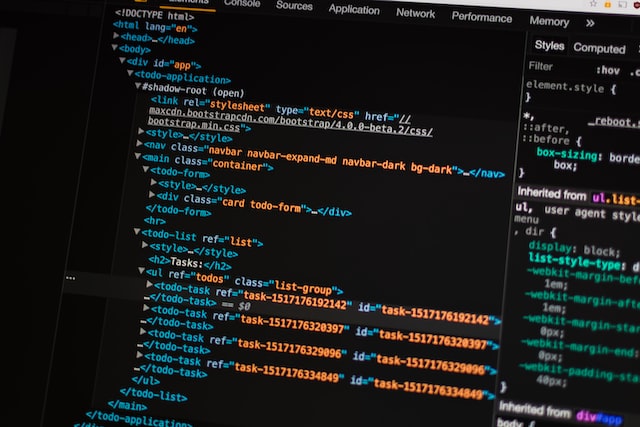SEARCH ENGINE OPTIMIZATION (SEO)
WE CRAFT BEAUTIFUL AND UNIQUE DIGITAL EXPERIENCES
WE’RE FULL SERVICE WHICH MEANS WE’VE GOT YOU COVERED ON DESIGN AND CONTENT RIGHT THROUGH TO DIGITAL. YOU’LL FORM A LASTING RELATIONSHIP WITH US, COLLABORATION IS CENTRAL TO WE DO.
01.
Keyword research
Keyword research is often the starting point for SEO and involves looking at what keywords a site is already ranking for, what keywords competitors rank for, and what other keywords potential customers are searching for. Identifying the terms that searchers use in Google search and other search engines provide direction on what existing content can be optimized and what new content can be created.


02.
Content marketing
Once potential keywords are identified, content marketing comes into play. This can be updating existing content or creating brand new pieces of content. Because Google and other search engines place a premium on high-quality content, it’s important to research what content is already out there and create a compelling piece of content that provides a positive user experience and has a chance of ranking higher in the search engine results. Good content also has a greater chance of being shared on social media and attracting links.
03.
Link building
Because links from external websites (called “backlinks” in SEO parlance) are one of the core ranking factors in Google and other major search engines, obtaining high-quality backlinks is one of the main levers that SEO has. This can involve promoting good content, reaching out to other websites and building relationships with webmasters, submitting websites to relevant web directories, and getting press to attract links from other websites.


04.
On-page optimization
In addition to off-page factors such as links, improving the actual structure of the page can have tremendous benefits for SEO, and is a factor that is entirely in the control of the webmaster. Common on-page optimization techniques include optimizing the URL of the page to incorporate keywords, updating the title tag of the page to use relevant search terms, and using the alt attribute to describe images. Updating a page’s meta tags (such as the meta description tag) can also be beneficial– these tags don’t have a direct impact on search rankings, but can increase click-through rate from the SERPs.
05.
Semantic markup
Another SEO strategy that SEO experts utilize is optimizing a website’s semantic markup. Semantic markup (such as Schema.org) is used to describe the meaning behind the content on a page, such as helping to identify who the author of a piece of content is or the topic and type of content on a page. Using semantic markup can help with getting rich snippets displayed in the search results page, such as extra text, review stars and even images. Rich snippets in the SERPs doesn’t have an impact on search rankings, but can improve CTR from search, resulting in an increase in organic traffic.

